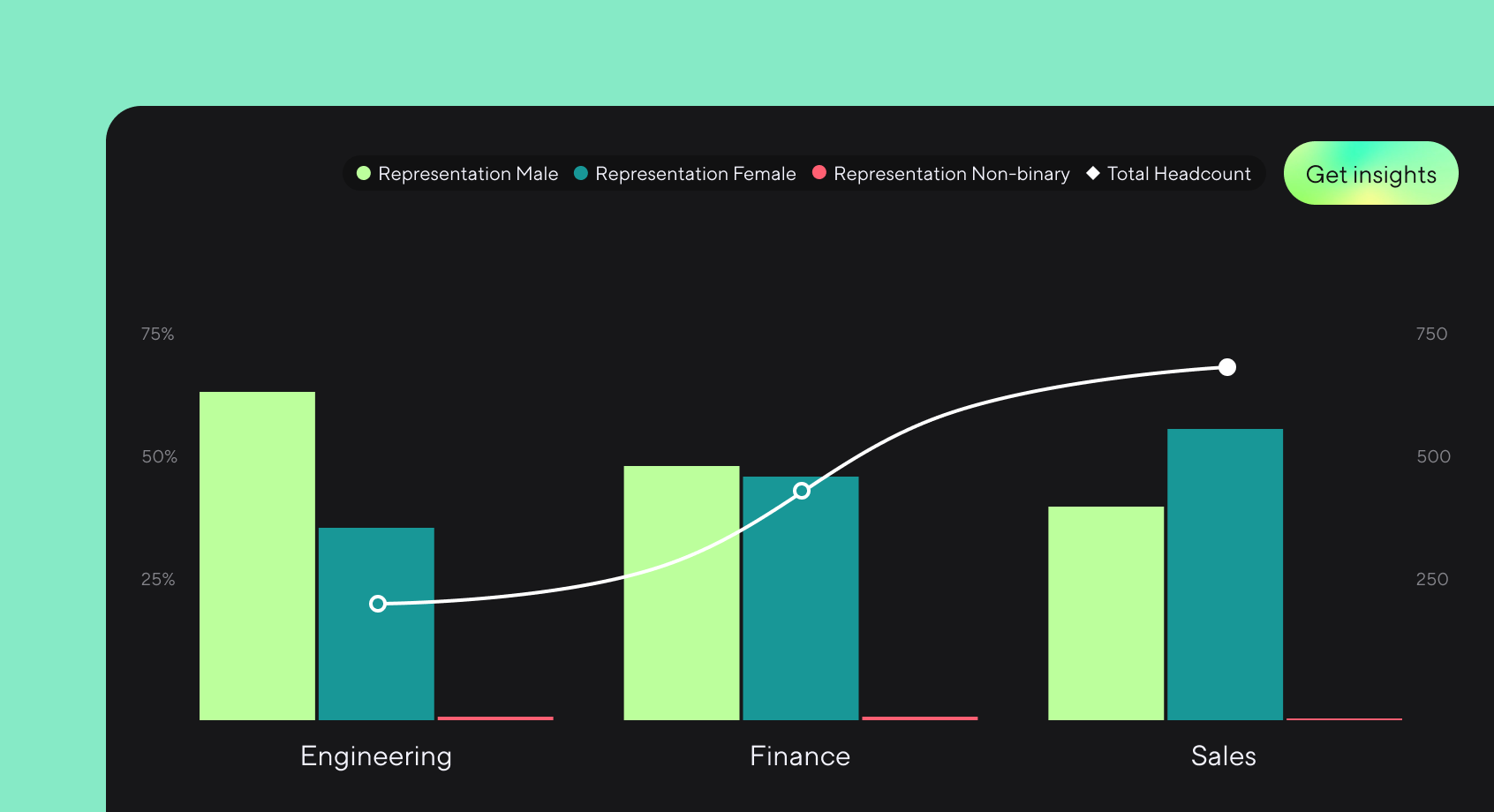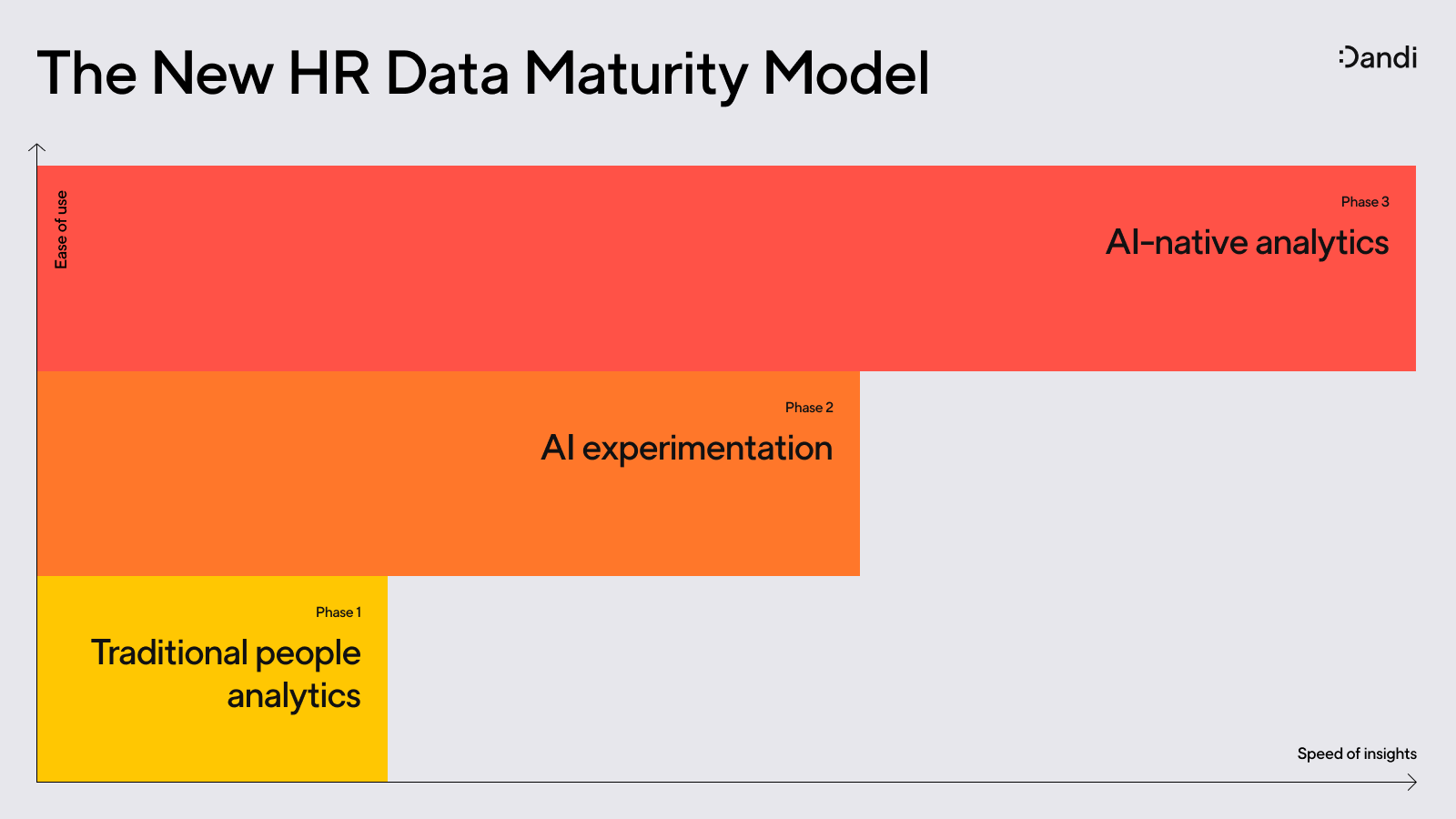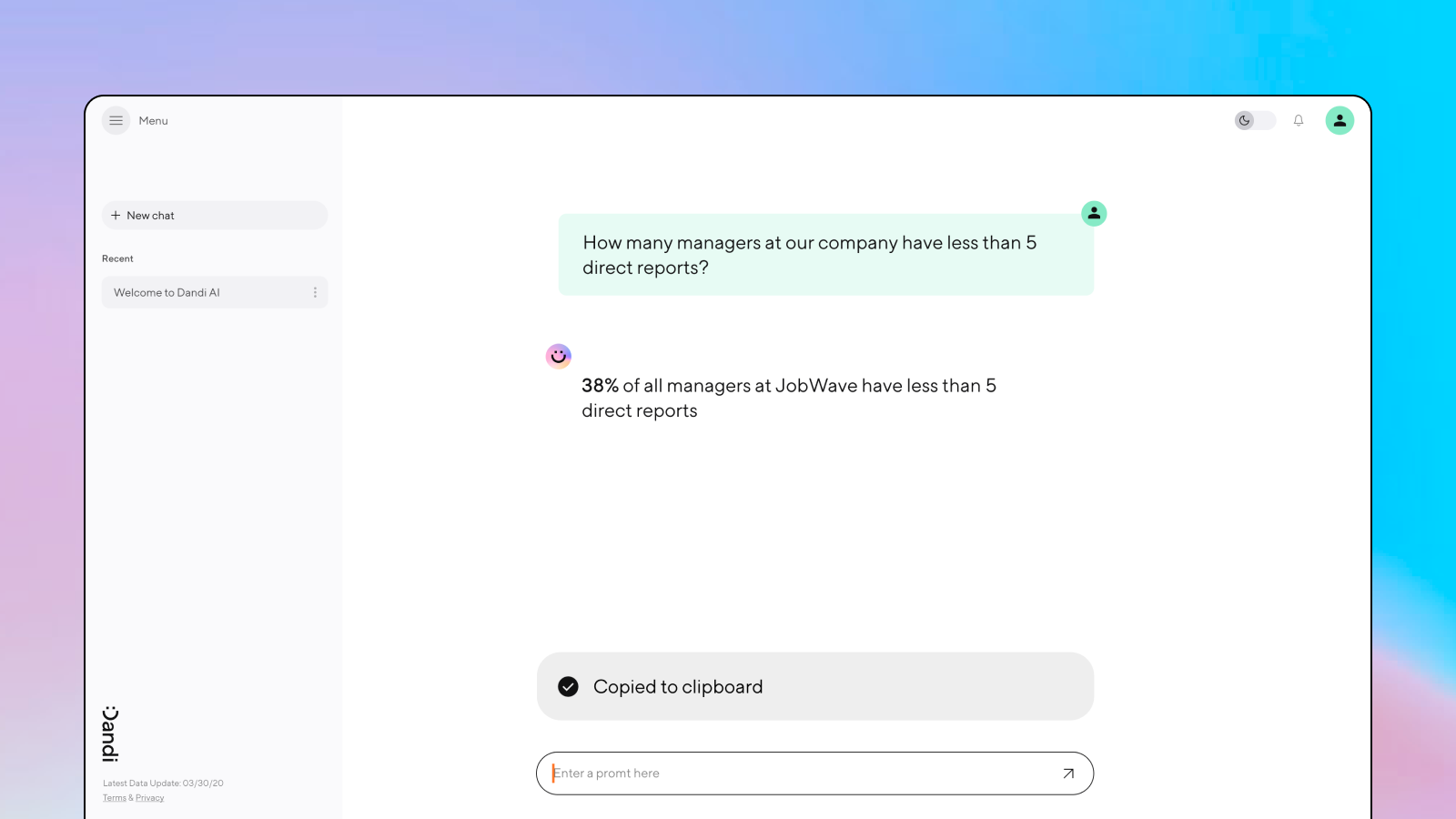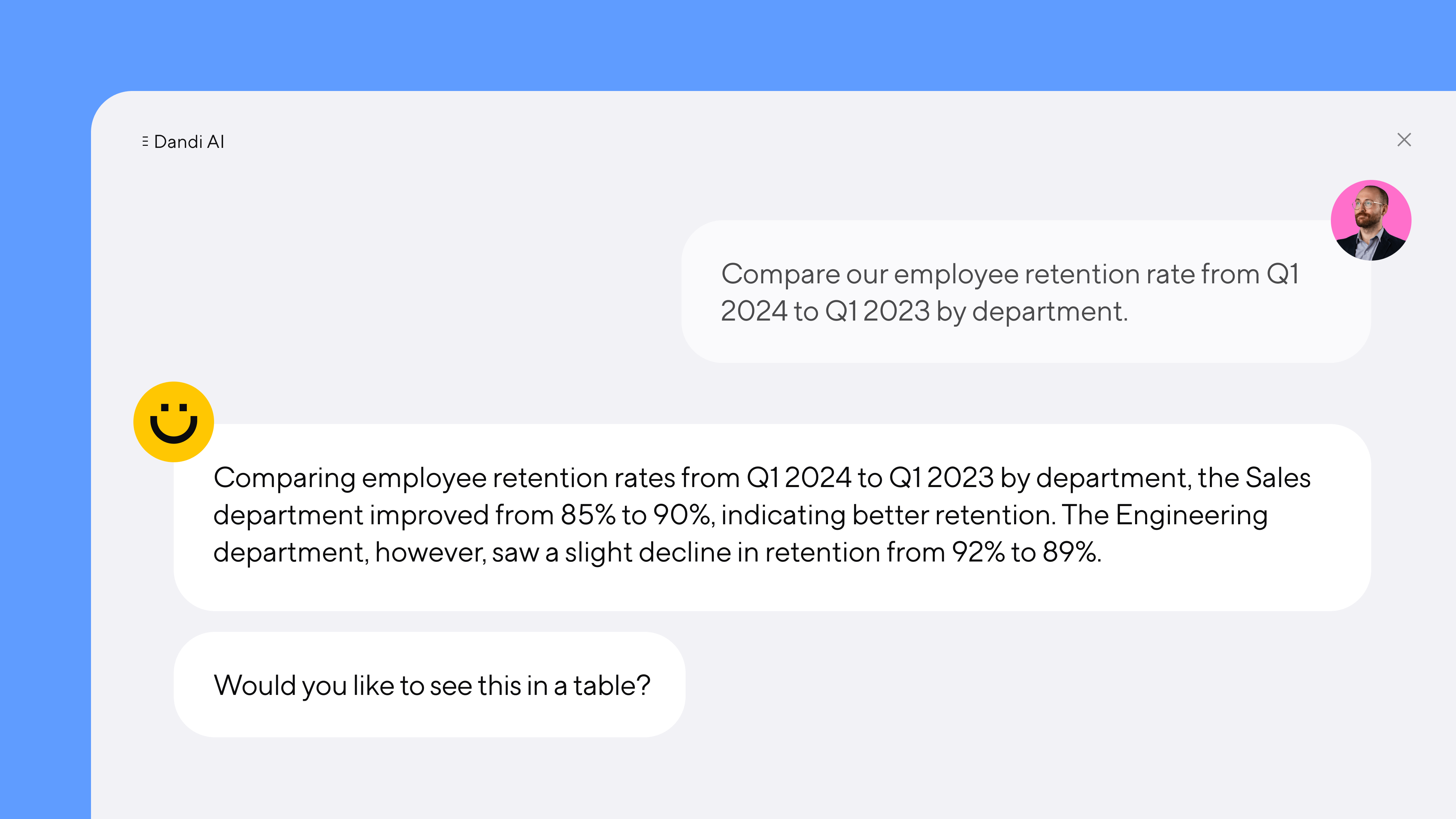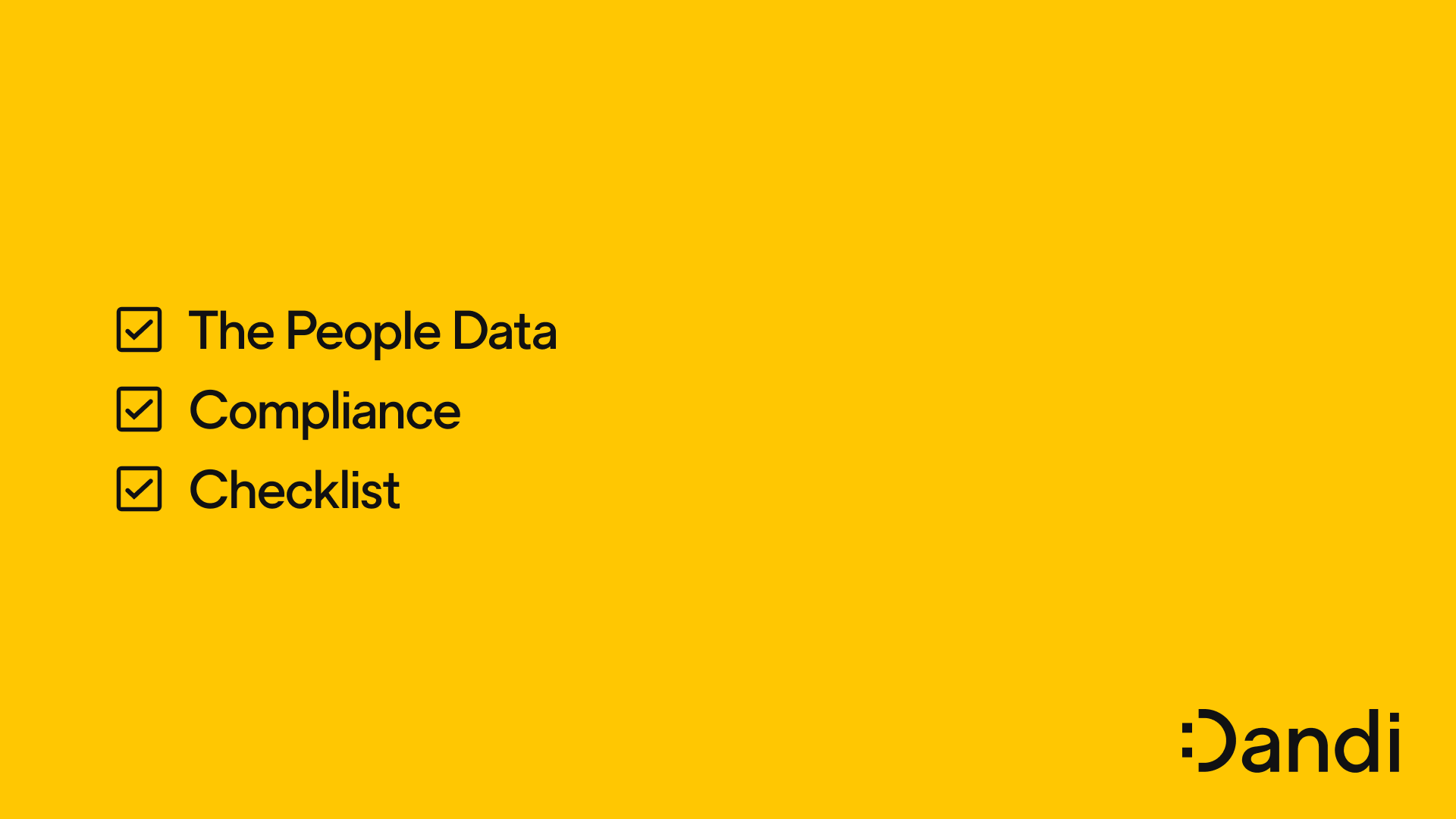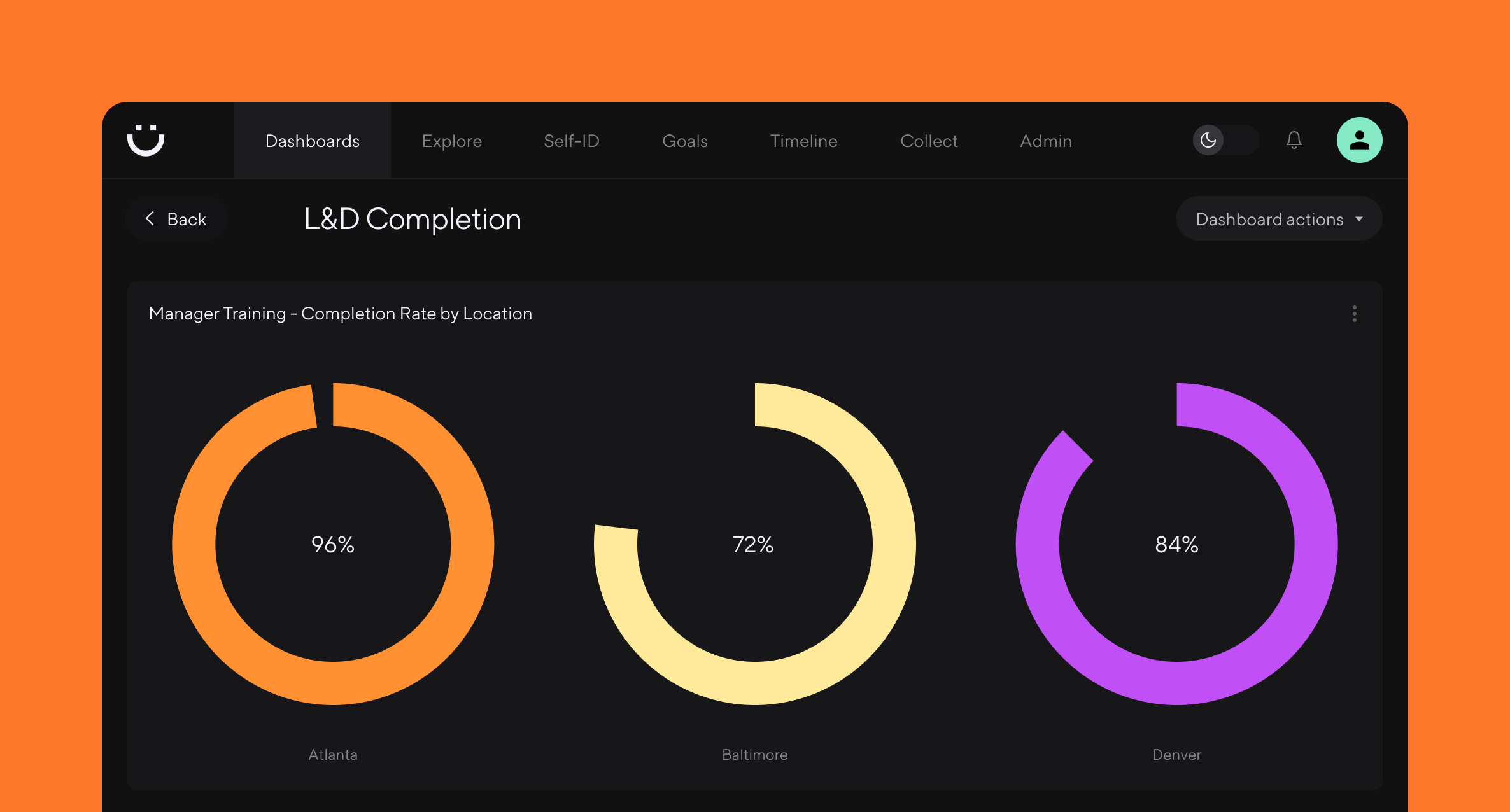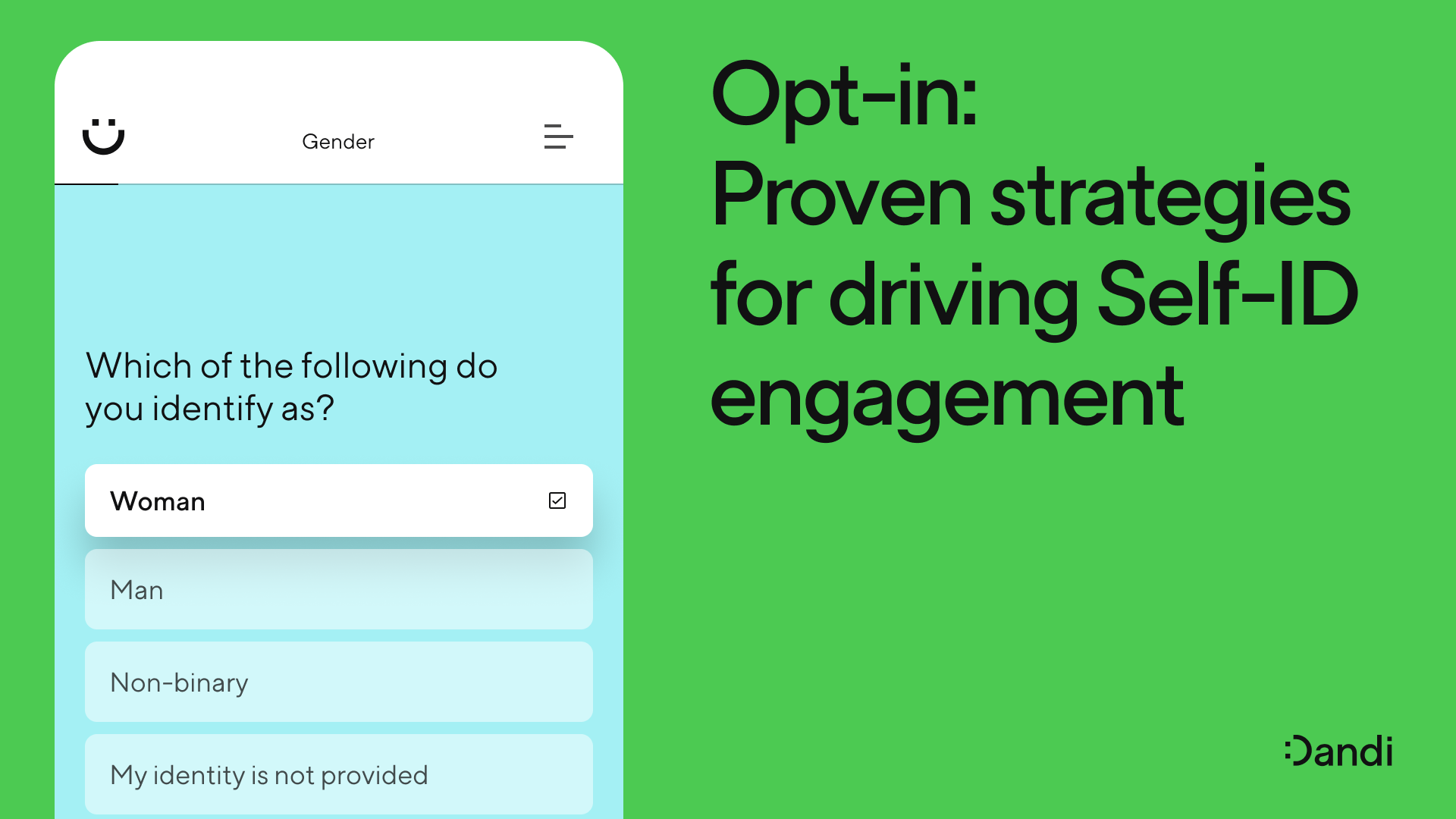How to set DEI goals
Hallie Bregman, PhD – Feb 16th, 2023
Strategic, measurable goals are essential for DEI progress. But goal setting is often a major pain point. This article offers a framework for putting your goals on the path to success.

When you take on a challenge, it helps to have a goal.
If you are taking up fitness, your goal may be to lose weight or lower your blood pressure. If you enroll in a new course, your goal is likely to increase knowledge about the course subject or to obtain a new credential. Sometimes that goal may be explicit and clear; other times, it may be implicit and more hidden. Regardless, the goal defines what success looks like.
If you ask any DEI advocate or practitioner what their goal is, they often state a macro-level goal: for instance, the desire to increase equity in the workplace. That’s certainly a worthy goal, but it won’t be reached overnight. To reach it, we need to set many smaller, connected goals along the way. Otherwise, how do we know we are moving in the right direction?
These smaller, more tactical goals are essential for defining near-term DEI success. But, in my experience, these are also the goals that many businesses struggle most to get right. In this article, I’ll break down some of the ways you might consider setting goals and identifying KPIs for your organization.
Key Performance Indicators (KPIs)
There are many ways to set and measure goals. No matter the approach, the most important thing is that you do measure your goals. This means that success must be measurable.
Let’s start by defining a goal. Put simply, a goal is a desired outcome. It may be framed as an objective, as in the OKR framework. It may be explicitly named, often in supporting tools like 15five or Lattice. It may be worked towards using a RACI model. No matter what framework is used, named or unnamed, well-defined or not, we are always working toward a goal.
One of the most common ways to measure a goal is with a Key Performance Indicator, more commonly known as a KPI. While there are endless metrics that can be used as KPIs, it’s critical to have a hypothesis and targeted outcome in the first place.
For example, some folks will tell you that the number of ERGs is an important metric. To that end, I’d ask if the goal is to have a lot of ERGs? Likely not. But you may have a hypothesis that by having ERGs, employees feel they are welcome in an organization, and therefore will stay longer with the company. The goal, then, is to increase tenure among historically marginalized employees. In this scenario, the goal is not to simply increase the number of ERGs; rather, expanding ERGs is a means to reaching another goal.
When setting KPIs, it's critical to start with a hypothesis and targeted outcome.
Another example:
You are launching a new leadership program for women in your organization. Why? Well, you hypothesize that women who complete this program will be promoted at a higher rate than those who do not participate in the program. Your goal, then, is to increase promotion rate for program attendees. What are some KPIs you might track to see if you have met your goal?
For one, you might track program completion. How many employees took and finished the program? Completion rate might give you an early indication of whether the program is producing a high volume of candidates, or if there is a lot of program drop-out. Still, ultimately, your primary KPI is the promotion rate, because your goal is to increase promotions among women.
Setting a target
In both examples above, you’ll notice that there was no specified target. The desired promotion rate was “higher,” and the desired tenure was “longer.” Is this enough?
Some folks will argue that specific targets should be set. Many public companies, in fact, have set and shared these targets with their stakeholders. For instance, KPMG named targets in their “Accelerate 2025” program, aiming for “50% partner and managing director representation from underrepresented groups, including doubling our Black representation.” McDonalds is targeting 45% representation of women in leadership roles by 2025. Most of these targets center around representation company-wide or at the leadership level.
One problem with setting these specific targets is they often aren’t data-driven and achievable. For instance, to achieve an increase in representation, you’d need to develop a forecast. Formulaically, you’d have to consider existing representation, expected turnover, and hiring ratios. Then, you could simulate expected changes that might change the existing levers. For instance, if hiring ratios are 25% BIPOC today, but you intend to source from more diverse pools of talent, you might hypothesize that your hiring ratio might change to 35% BIPOC. In that case, you’d slot that number into your forecast to see how much that would move the needle. If the target goal is disconnected from the forecasting data, it might not be achievable.
Another challenge with targets is the frequent lack of specificity. In the KPMG example above, it is not clear (at least not in their statement) who is counted among “underrepresented groups.” Are women included? Folks with Asian backgrounds? Under-representation is contextual. In engineering, Asian employees are typically abundant, while women are underrepresented. However, in human resources, women dominate and men are in short supply. If you choose to set targets, they must be abundantly clear and detailed.
I’d also like to direct attention away from representation targets. Without a specific number in mind, there’s real benefit to goals that achieve equity. There is no right or wrong promotion rate, but it would be equitable if Black and White employees were promoted at the same rate. A good goal would be to have comparable turnover among men and women. These types of goals can focus on well-defined metrics without selecting arbitrary and potentially unachievable targets.
If you're going to share target goals publicly, be sure they're data-driven and achievable.
Goal transparency
Once you have set goals, and decided whether to specify targets, the question about transparency arises. Who should you tell about your goals?
There are 3 key populations to consider. First, and most likely to be notified, are members of the leadership team and board. These folks are accountable for the organization’s success, and thus, hold responsibility for achieving the goals. They are most likely to be “in the know.”
The internal employee base is the second group for consideration. With more demand for transparency from employees, this is an important constituency. The challenge with internal employees is maintaining expectations; they often have perceptions about the best way to achieve goals and want to have input into the process. This can be valuable, and yet, hard to wrangle. Furthermore, what happens if you fail to achieve your stated goals? Employees can be some of your most critical stakeholders.
Finally, customers and the general public must be considered. There are mandated reporting requirements, and new trends, that have led to more companies disclosing their goals. Furthermore, there is the hope that disclosure will result in accountability. Still, transparency alone will not cause change. Telling everyone you have a goal is only the beginning. Action must follow.
In conclusion
Goal setting isn't easy. But it is essential. Fundamentally, explicit goals must be set to be specific and measurable, and to enforce accountability. This is how we track the progress made by the good programmatic work done. This is how we know when we have truly made a difference.
Curious to learn more about goal setting? Book a demo to see how Dandi’s data-driven insights can help you define and achieve your DEI goals.
More from the blog
Announcing more powerful Dandi data visualizations
Team Dandi - Oct 23rd, 2024
The New Maturity Model for HR Data
Catherine Tansey - Sep 5th, 2024
Buyer’s Guide: AI for HR Data
Catherine Tansey - Jul 24th, 2024
Powerful people insights, 3X faster
Team Dandi - Jun 18th, 2024
Dandi Insights: In-Person vs. Remote
Catherine Tansey - Jun 10th, 2024
Introducing Dandi AI for HR Data
Team Dandi - May 22nd, 2024
5 essential talent and development dashboards
Catherine Tansey - May 1st, 2024
The people data compliance checklist
Catherine Tansey - Apr 17th, 2024
5 essential EX dashboards
Catherine Tansey - Apr 10th, 2024
Proven strategies for boosting engagement in self-ID campaigns
Catherine Tansey - Mar 27th, 2024
